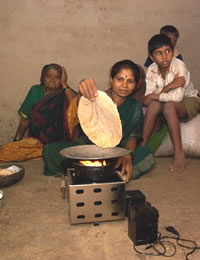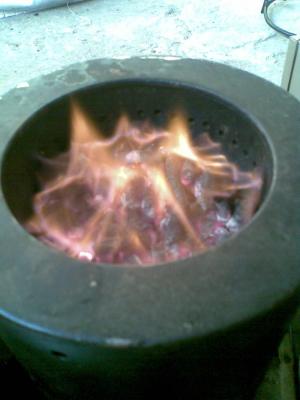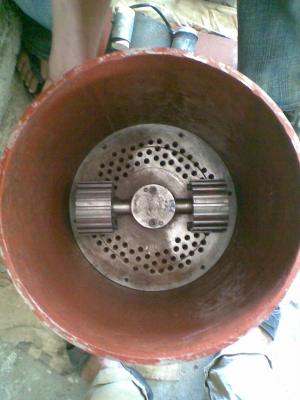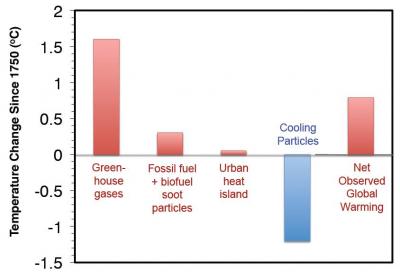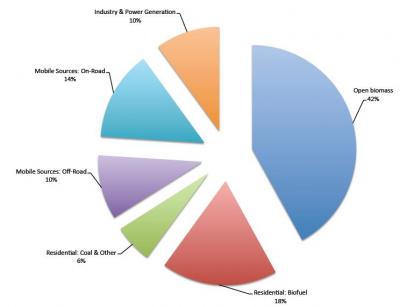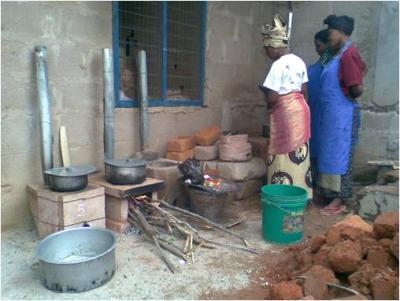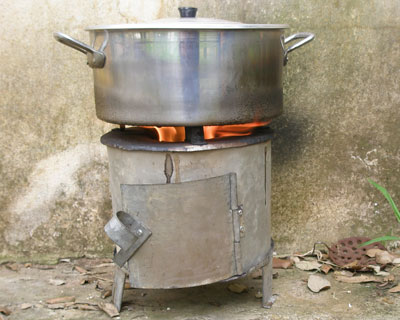Dear friends,
www.rocketstove.org is finally online! And our friend John page from Aprovecho has agreed, at least in the short term, to be the new web administrator.
Our goal is to make this a practical site. For example the key content that I have right now is the Institutional Rocket stove design tool that will allow users to generate a custom set of institutional stove plans (brick and metal) just by inputting pot size and a few other key inputs .Ideally this would be the site that users would turn to for specific plans on how to construct rocket stoves , bread ovens, dryers kilns etc. If you have content that features step by step stove plans please register and then post them to the site. (note e: g it might take a day or 2 to approve your registration as I have to manually accept each registration ) . Registered users will eventually be able to produce their own home page if desired , or just add contact info. Foremost I would appreciate it if we could link your webpage to ours and vice versa.
The second goal of the site is to link people in the stove community by interest and region . For example someone could turn to the site and be linked to stove producers, purchasers and/or researchers in China, Guatemala, or Uganda. As the site grows into phase two we will add more functionality (ordering stoves online, visitors donating to specific projects, etc) but initially I would love to collect as many links and content as possible in the next few weeks for the launching of the site .
At present this is a volunteer effort , and John and I would appreciate any form of support (financial or otherwise) from the stove community to get this web page up and running. The webpage was only made public last week so we are still very much in our infancy so we appreciate your patience as we smooth out the wrinkles.
Also, Please feel free to forward this e-mail to anyone you think might be interested.
Peace
Peter Scott
Biomass Energy Consultant
cel (USA) : 541 232 7955
skype:rocketmanpeter
cel(Malawi): 265 856 9155
USA address
78590 Echo Hollow Lane
Cottage Grove,OR
97424
USA

